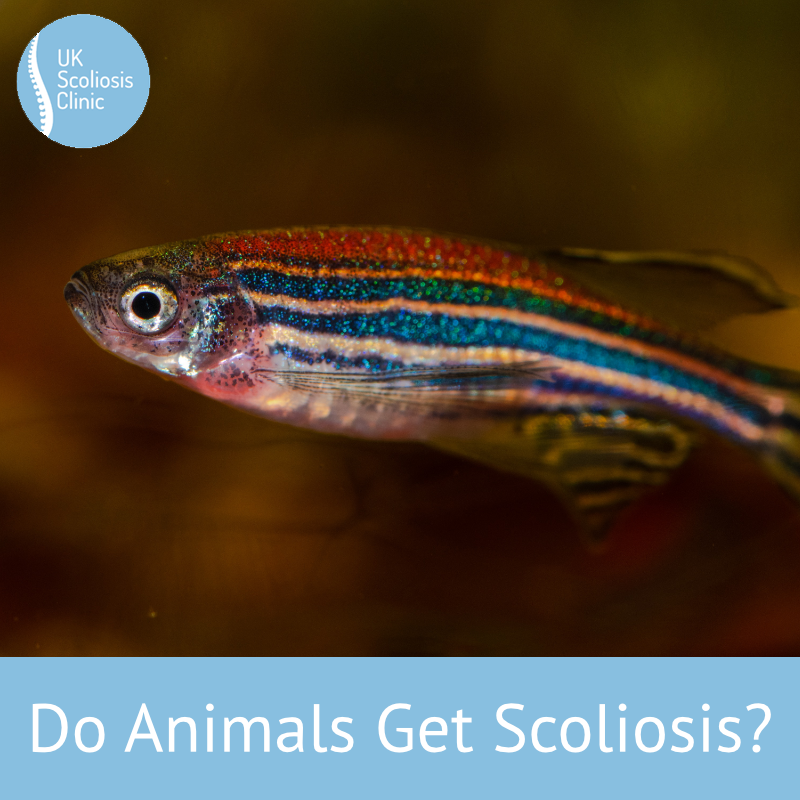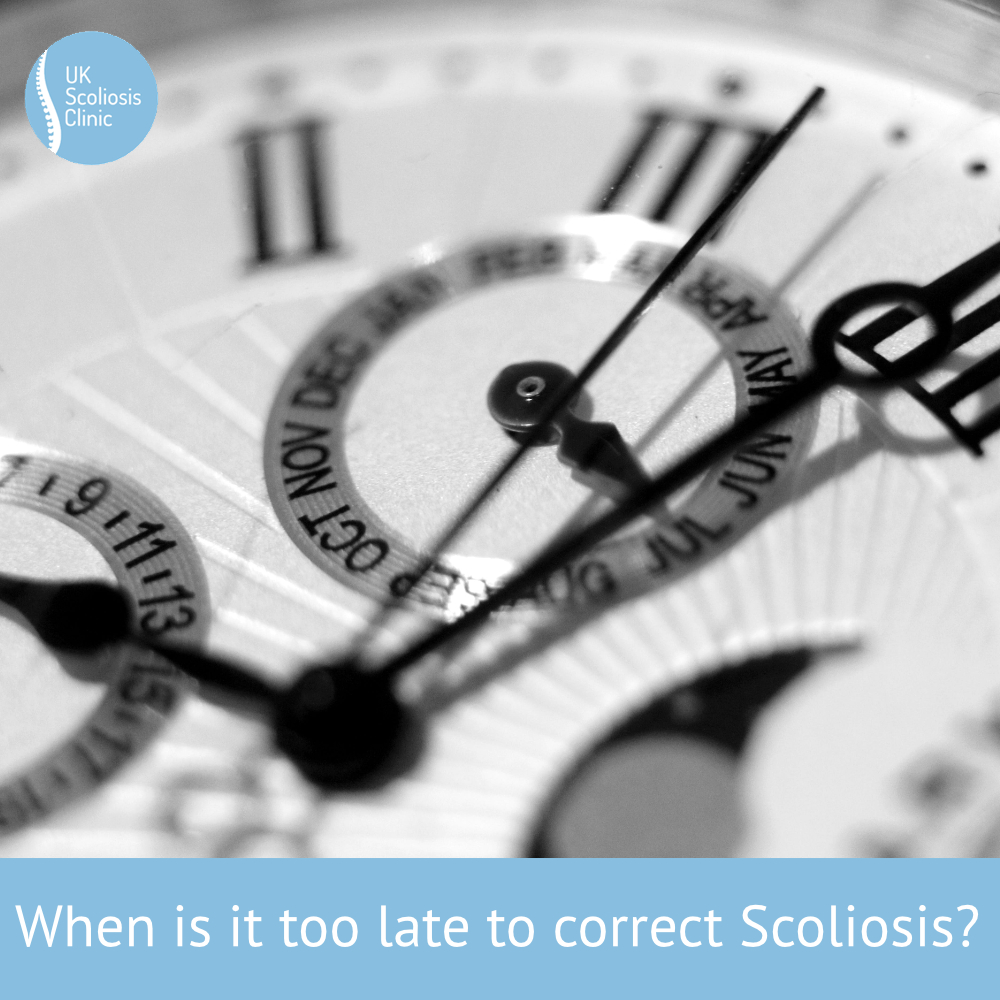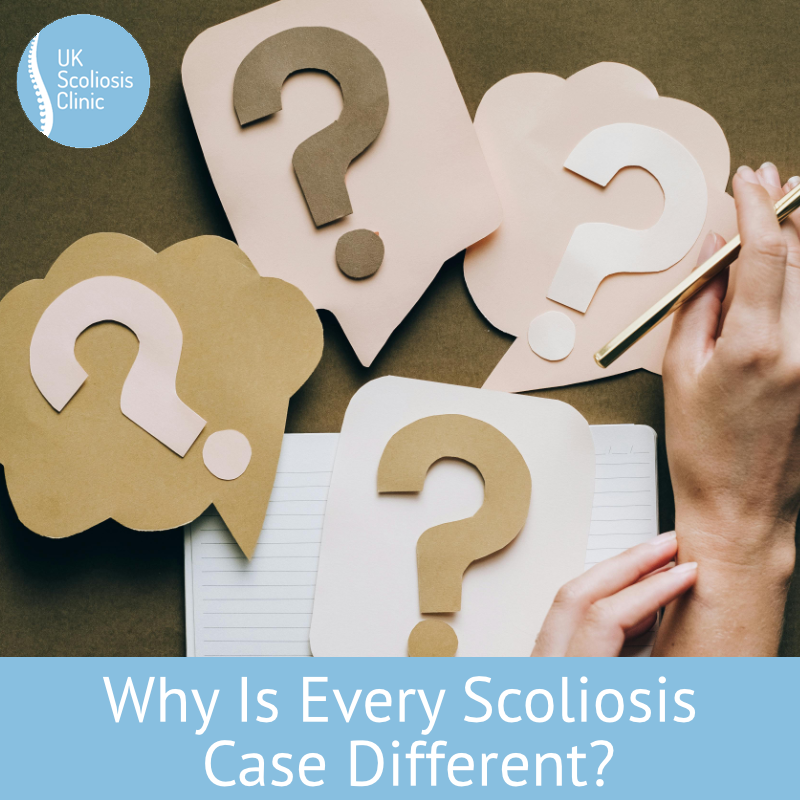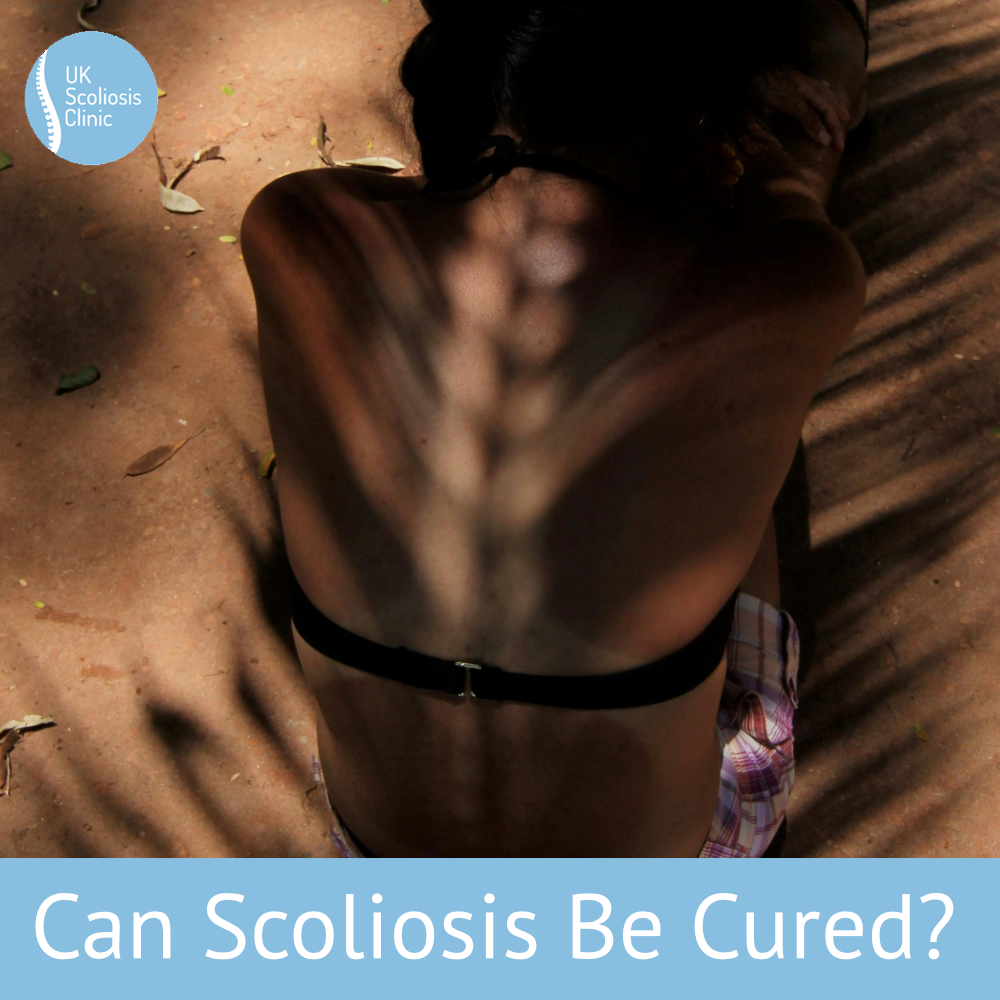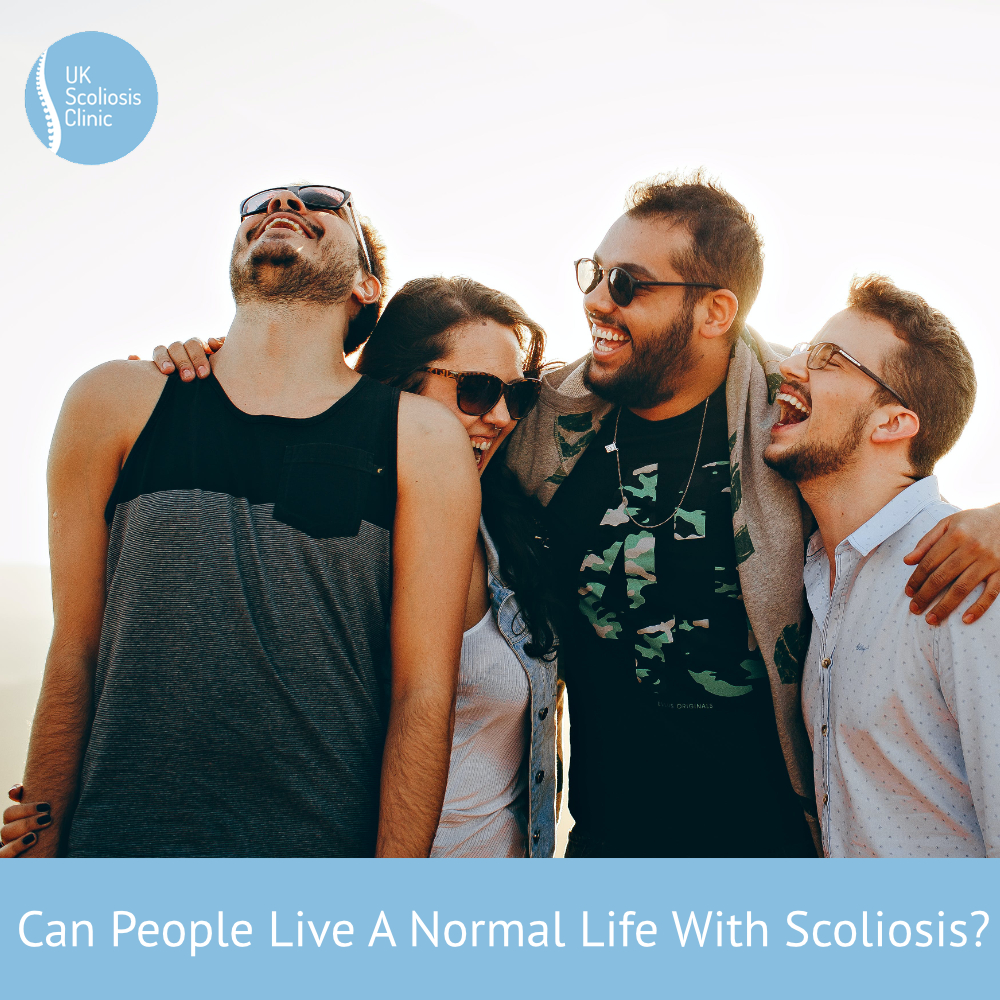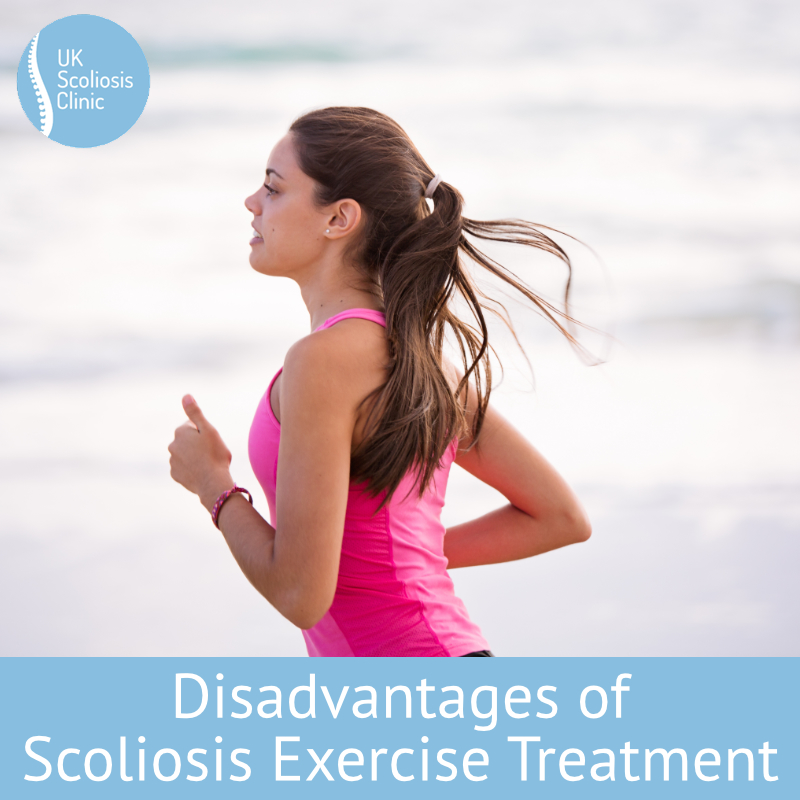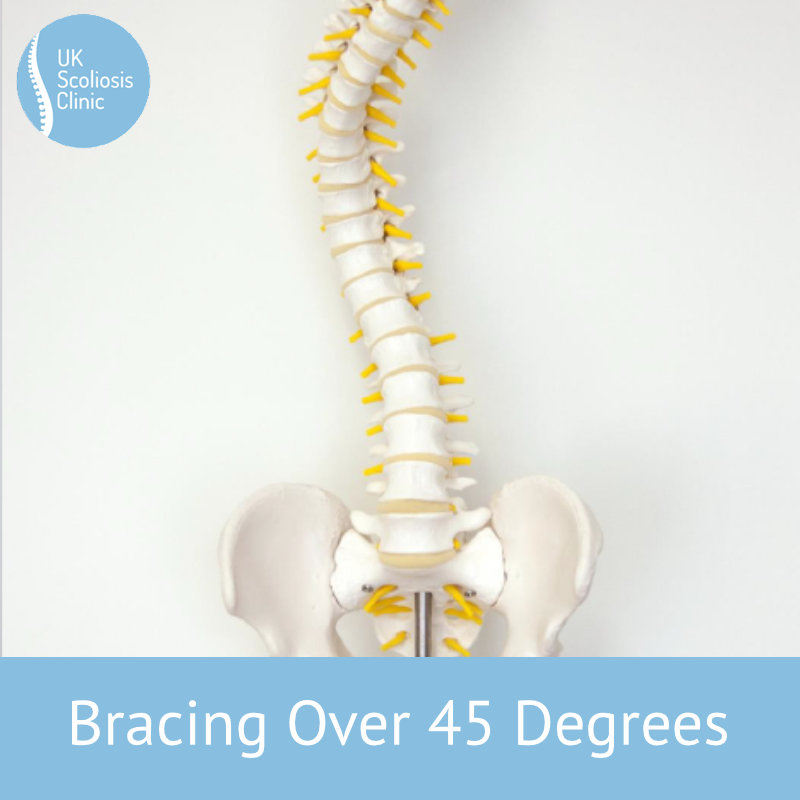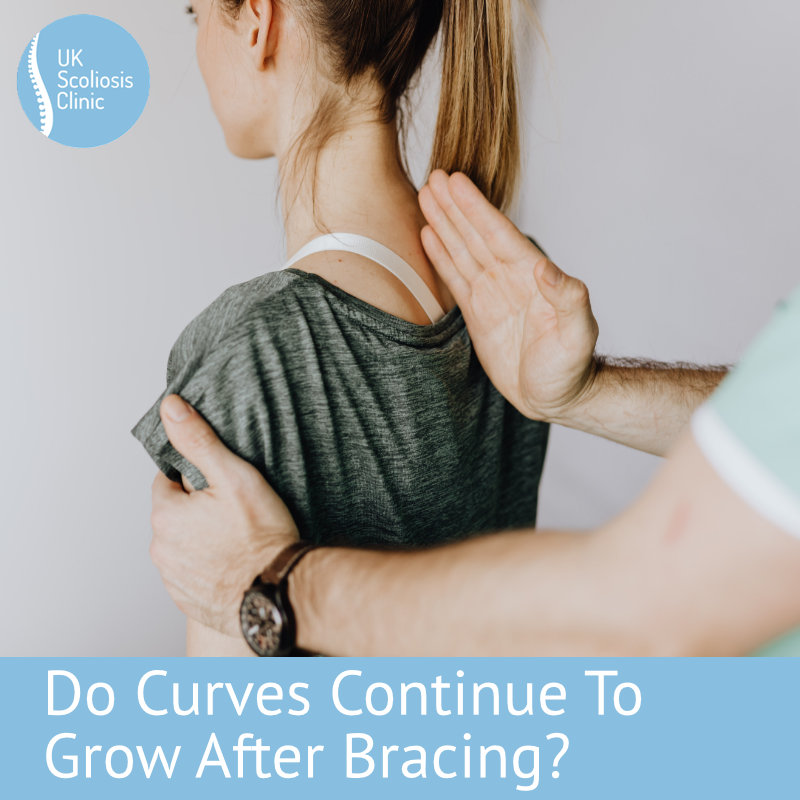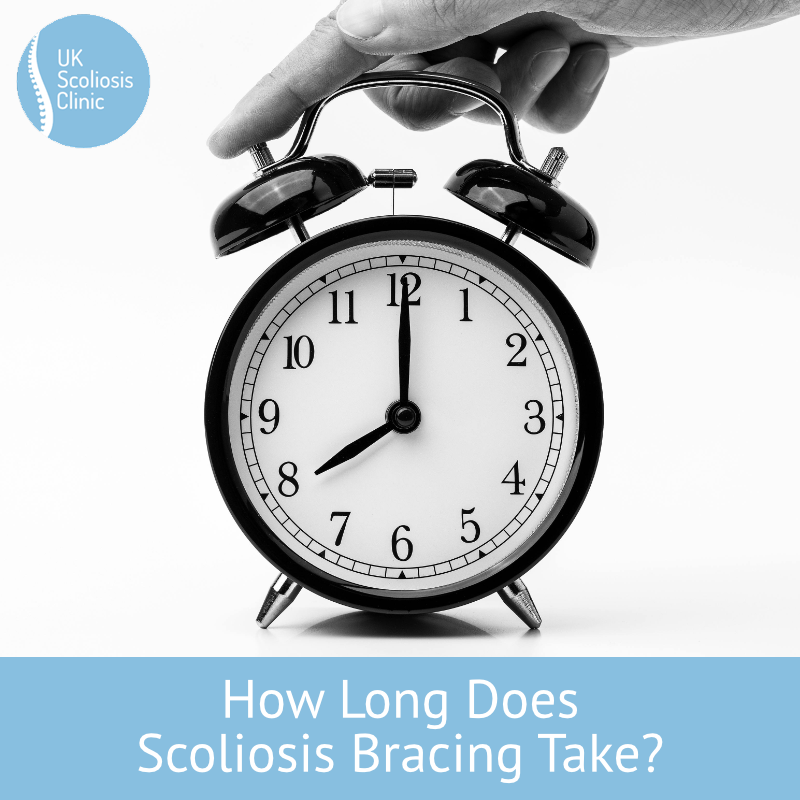
Scoliosis bracing is a highly effective, non-surgical treatment option for children and adolescents with moderate to severe scoliosis. Braces are custom-made to fit the patient’s body and apply pressure to the spine to encourage it to grow in a more normal alignment. The goal of scoliosis bracing is primarily to stop the progression of the curvature until the child’s spine has stopped growing, and, ideally to correct the existing curve to leave the patient with as straight a spine as possible.
Factors which impact bracing time
Scoliosis bracing works over time – the fundamental aspect of the treatment is the gradual application of corrective force over a period of months, and probably years. The exact length of time a person needs to wear a brace depends on several factors, including the severity of the curvature, the age of the child, and the rate of spinal growth. Children who are diagnosed with scoliosis at a younger age are more likely to need longer treatment times because their spines are still growing, and the curvature may progress more quickly. The severity of the curvature is also an important factor, as more severe curvature may require a more rigid brace or a combination of bracing and other treatments, such as surgery. At the same time, cases which are caught early in young children have some of the best chances of a complete correction – although these patients will generally need to continue with some form of Scoliosis prevention until they reach adulthood. Cases which are treated for the first time in Adults (often a form of Scoliosis known as degenerative or “de-novo” Scoliosis) often improve with only part-time bracing[1].
The compliance of a patient with wearing the brace is also an essential factor. If a patient wears the brace as directed, they are more likely to see positive results and need to wear the brace intensively for a shorter period of time. Again once a curve has been corrected, some maintenance is required, but this can usually be part-time brace-wearing, often at night or in the evening.
The length of time a patient needs to wear a brace can therefore vary widely, but on average, children wear a brace for a considerable amount of time (often 20+ hours a day) for two to three years. After this part-time wear or a program of Scoliosis specific exercise is usually sufficient to prevent a reoccurrence.
Is wearing a Scoliosis brace hard?
The duration of scoliosis bracing is an important consideration for parents and children. It can be challenging for children to adjust to wearing a brace consistently for an extended period, but it is crucial for the success of the treatment. Parents can help their children by providing emotional support and encouragement and ensuring that the child wears the brace as directed – as a clinic, we do everything we can to make brace wearing as comfortable and manageable as possible!
It’s also important to monitor a patient’s progress regularly as part of treatment to ensure that the brace is working as intended. Based on this progress, wear time can be adjusted up or down based on goals as well as how well the brace is being tolerated. We usually recommend regular X-rays to check the progression of the curvature and adjust the treatment plan as necessary – this approach allows maximum flexibility in the trade-off between in-brace time and speed of treatment.
While scoliosis bracing can be challenging for children and adolescents, it can also be an opportunity for personal growth and resilience. Children who successfully complete scoliosis bracing often develop increased self-confidence and a sense of accomplishment.
[1] ‘Effects of Bracing in Adult With Scoliosis: A Retrospective Study‘
Palazzo C, Montigny JP, Barbot F, Bussel B, Vaugier I, Fort D, Courtois I, Marty-Poumarat C, Arch Phys Med Rehabil. 2016 Jun 22. pii: S0003-9993(16)30256-8. doi: 10.1016/j.apmr.2016.05.019


